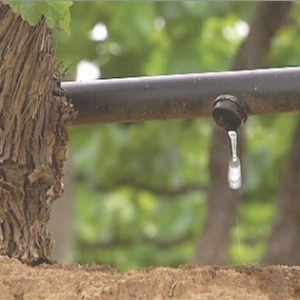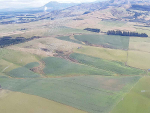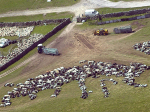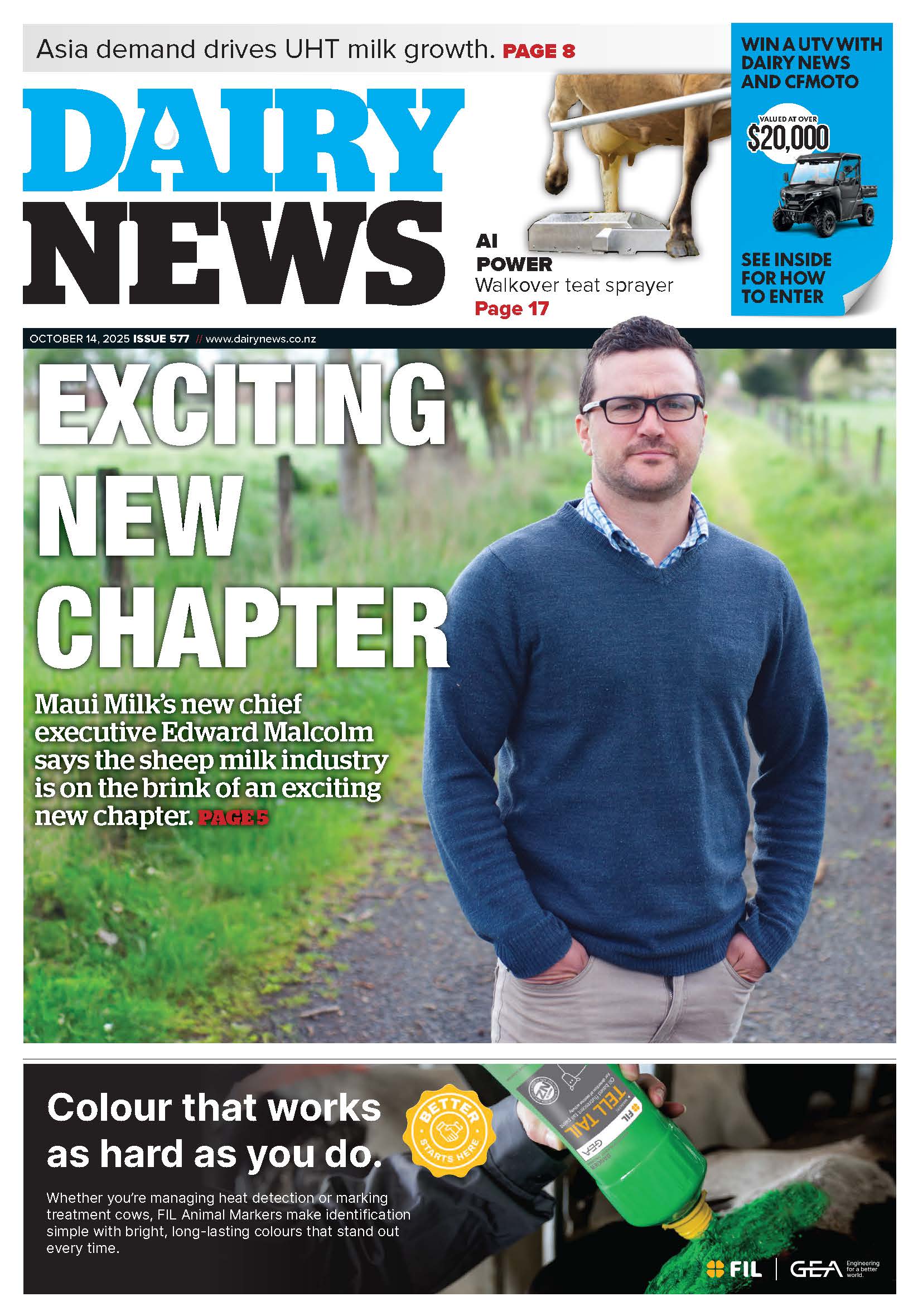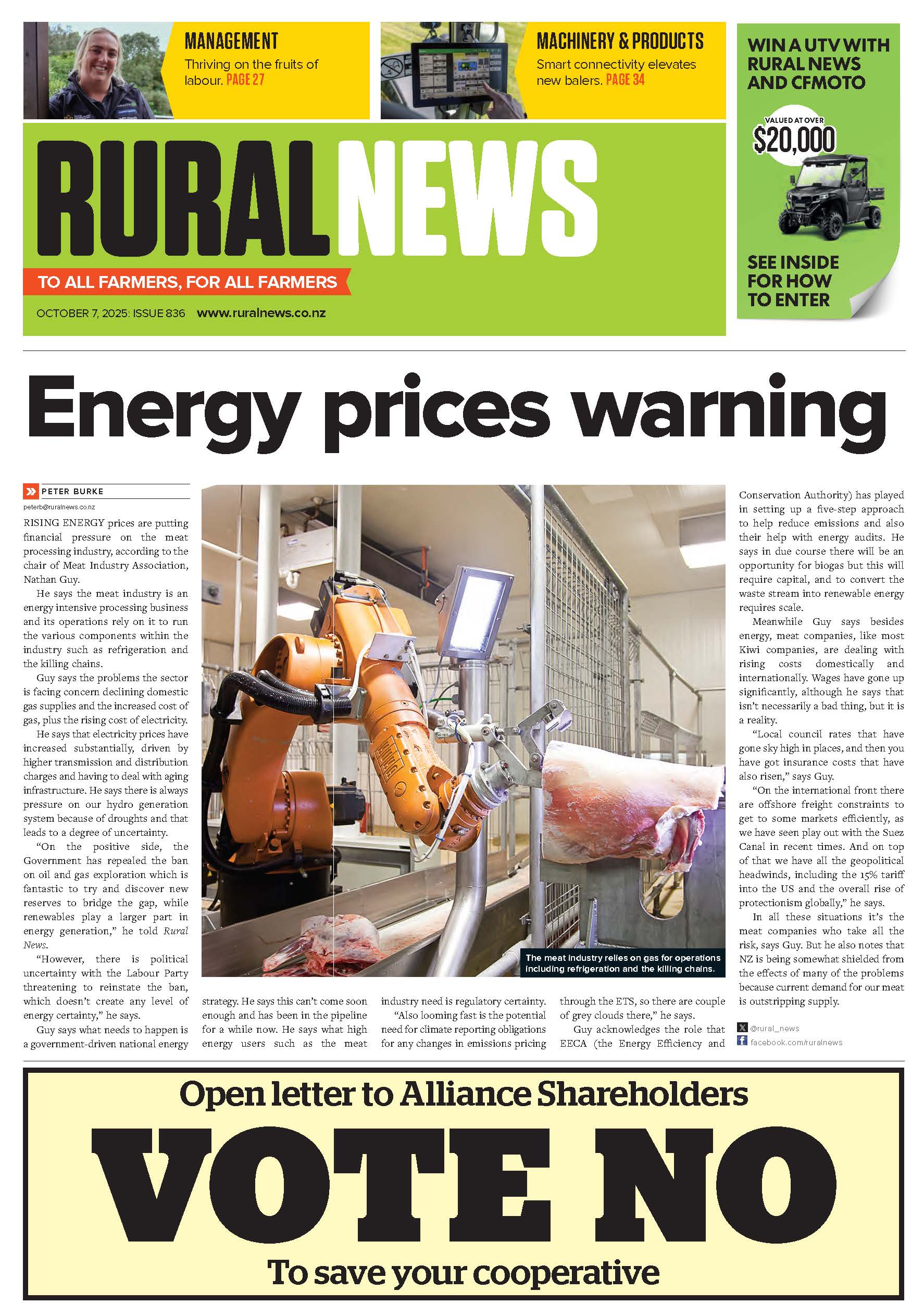As New Zealand heads into the last months of summer, many wine growing regions are relying on irrigation to ensure the future crops reach their full potential. Especially after what has been some extremely dry months in terms of rainfall.
Being smart about that irrigation is vitally important, says Irrigation New Zealand CEO, Andrew Curtis. All use of water within a vineyard needs to be efficiently delivered and justified.
Curtis knows a thing or two about the requirements and importance of vineyard irrigation, given he was a Hawke’s Bay grape grower for eight years.
“During that time there was quite a difference in the way irrigation was handled,” he says. “What I learned as I became more experienced, was a better control of water. That falls under smart irrigation.”
In recent years, regional bodies have been taking a far tighter stance on the use of water, with regulatory pressures coming to bear on agriculture, horticulture and viticulture. That pressure has been heightened, due to the over allocation of water resources throughout the country, particularly in areas such as Hawke’s Bay, Canterbury and Marlborough.
“When you start poking around New Zealand, there are not many regions where there aren’t problems,” Curtis says. “It would be fair to say that we have had a ‘we’ll be okay’ type attitude and we haven’t gone into enough detail at times about how much (water) has been given out and now we’ve some challenges ahead.”
SMART Irrigation has been developed to give irrigators a result of those past practices, and aims to provide a framework to work within that is complimentary to both improved production, through uniformity of application and appropriate application and to ensure abstraction is minimised.
Water users are being encouraged to ensure that they have a system that can perform, Curtis says.
“You need to check it annually to show that it is actually performing.”
By that he means performing a simple calibration of your irrigation system, confirming the correct calibration is utilised, that the pressure is right for each individual block as well as checking the actual amount of water that flows from emmitters in a few blocks – to ensure there are no blockages building up within the drip line.
“The second part is scheduling your irrigation correctly. That comes down to being able to justify why you have irrigated, what you have done and confirming that you didn’t just do it because you felt like it or because the neighbour did. This is where the measuring and monitoring comes in.
“Gone are the days when you think, ‘oh no rain for a week, so I’d better put the irrigation on.’ If you are going to be efficient users of water and get the maximum from your crop, which is crucial for grape growers especially for some reds, you have to manipulate soil water to get the best out of it.”
The third part is having your irrigation system initially designed (or upgraded) so it is consistent with the irrigation codes of practice. These have been developed by industry and irrigators and provide benchmarks of performance – in terms of both water and energy use.
Irrigation New Zealand now delivers courses on SMART Irrigation over both management and development. Curtis says the aim is to ensure growers understand the practical, hands on information that allows them to use their water resource to the best possible effect.
“Where we are pushing people, is to have an operation and maintenance manual for their site. That should be provided to you by the designer as part of the commission process. Once the system has been commissioned the manual basically tells you the pressure and a certain flow each block should be operating at. Then you can check it annually. If it is operating at that, you know it’s working. If it isn’t, you know you have to find out what is wrong.
“Alongside this, irrigators should keep a scheduling log to include what they have applied and when, as well as any rainfall.”
Curtis says the major problem with drip irrigation, is it can be very hard to tell if it is working efficiently.
“You can see the water is coming out okay, but the question is, is it the right amount of water. I have undertaken enough evaluations in my life, to know that you can’t do that by eye. You need to do the annual calibration. So if you haven’t got a manual you should draw one up for yourself. Where are the valves, what pressures should they be at – those sorts of things.”
Given times have been tough for many growers since 2009, Curtis says irrigation maintenance may have been something that has been overlooked. But that is a sure-fire way to future issues.
“Water is one of the crucial inputs to your crop, especially now there are quality requirements to grape growing. Maybe you could have got away with it (lack of maintenance) a decade or so ago, but not now. Getting water at the right time and in the right place is crucial, especially in places like Hawke’s Bay and Marlborough where growers are on shallow soils. To me it is silly if times are tough, to ignore it. Too much can go wrong if you don’t maintain it properly.”
Monitoring over a season, is a sure way of ensuring you aren’t over or under-watering. Curtis says the typical scenario they have found is, growers tend to start too late and go on for too long.
“They often get it wrong at fruit set and the veraison period. People tend to hang off and hang off, whereas they probably should have started irrigating earlier. If you monitor, you know.”
For further details on SMART Irrigation, visit irrigationnz.co.nz where resources on irrigation development, calibration and scheduling are available.





